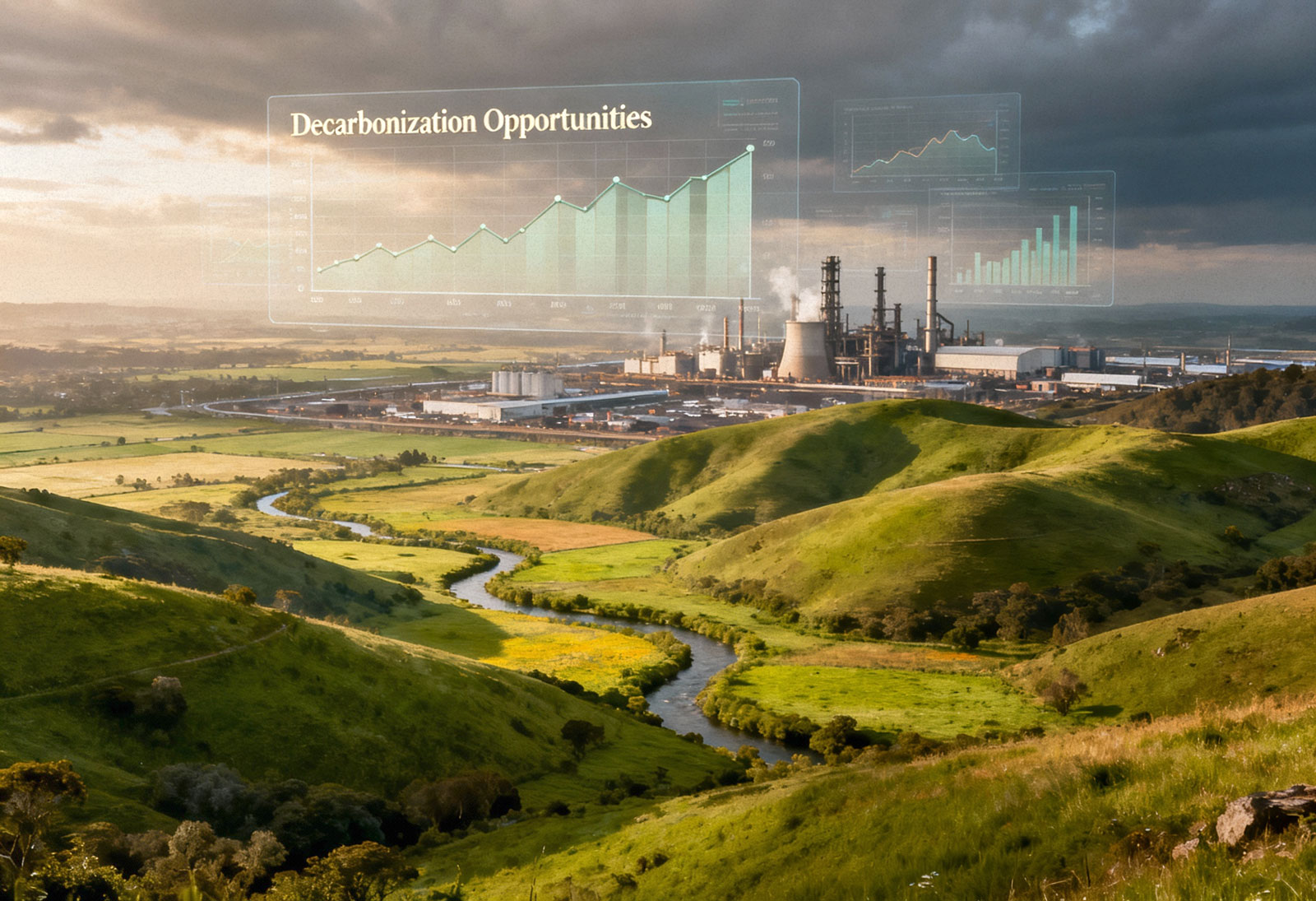
Client Profitability Breakdown:
Clients generate revenue and save costs via:
High-purity, versatile
mineral.
Valuable for fertilizers and clean fuel.
Reduced/eliminated CO₂ emission payments.
Bypassed CO₂ compression, transport, and geological storage expenses.
Avoided lengthy, costly geological storage permits.
Technology License & Design
One-time fee for IP, reactor design, and initial support (e.g., ~$2M/100kt CO₂ capacity).
SaaS Subscription:
Annual fee for control software, updates, analytics, and support (e.g., ~$200K/year), ensuring optimal performance.
Biocatalyst Supply:
Recurring fee for proprietary consumables priced per tonne CO₂ captured (e.g., ~$10/tonne CO₂), scaling with client success and ensuring quality.
Market Opportunity
The global need to decarbonize heavy industry creates a massive market for effective, economical carbon management.

$100B+ by 2035, targeting a $1T market by 2050 (10 Gt CO₂).
Aiming for $375M (5 Mt CO₂) by 2035, with 75% of initial demand anticipated from the cement and steel sectors.
○ Calcium Carbonate: A $200B+ global market. Traditionally produced via carbon-intensive calcination and mining, Sustained Carbon offers a decarbonized, circular alternative, replacing pollution with value for diverse industries (e.g., paper, paint, cement blending, plastics).
○ Green Ammonia: Growing demand as a sustainable fertilizer, chemical feedstock, and shipping fuel ($700-$1000/tonne).
Regulatory Pressure & Carbon Pricing: Rising carbon taxes/ETS make inaction costly.
Corporate Net-Zero Commitments: Growing decarbonization targets in hard-to-abate sectors.
Demand for Green Materials: Preference for sustainable, low-carbon products.
Energy Transition: Solutions needed for hard-to-electrify industries.








